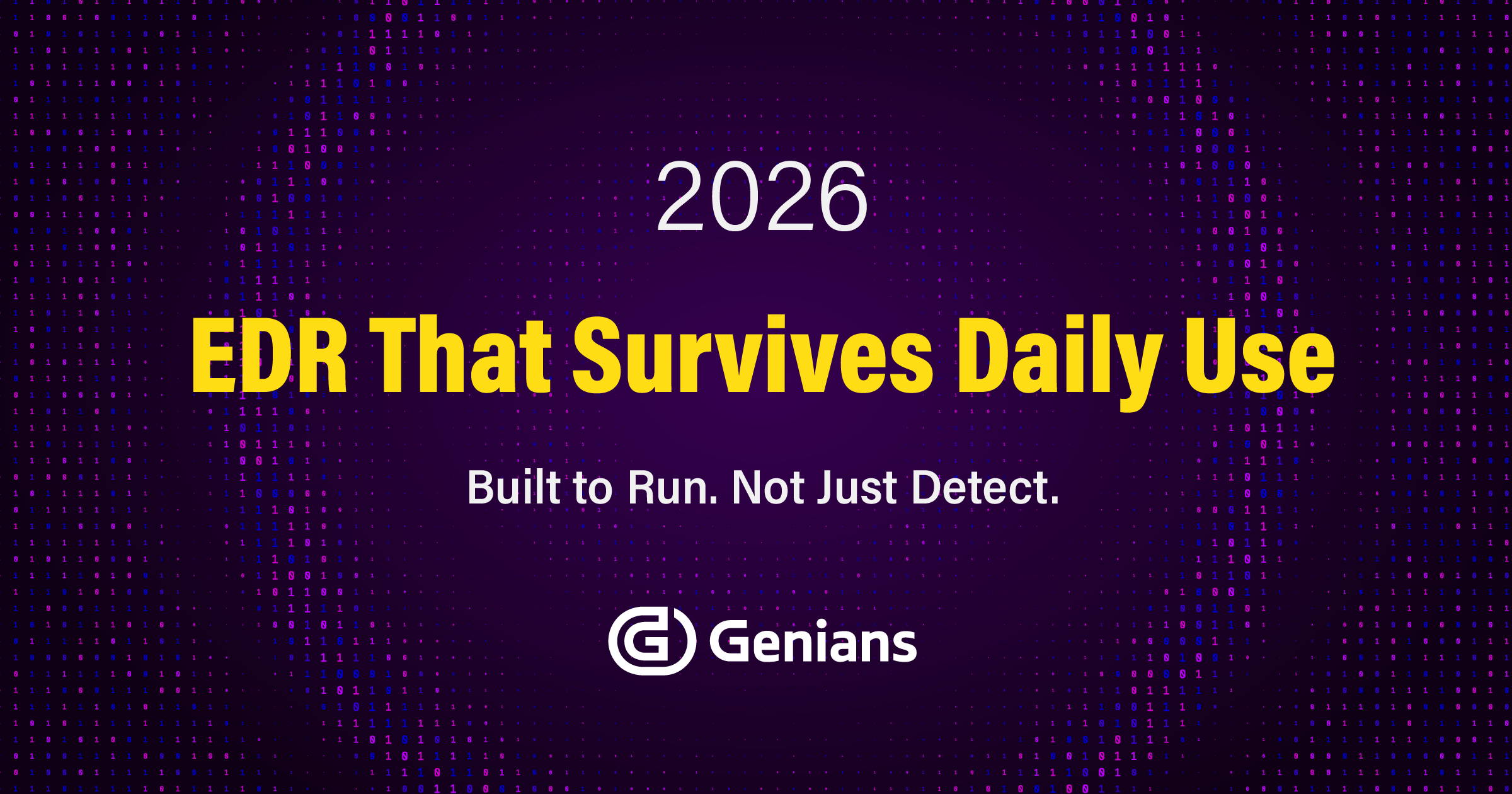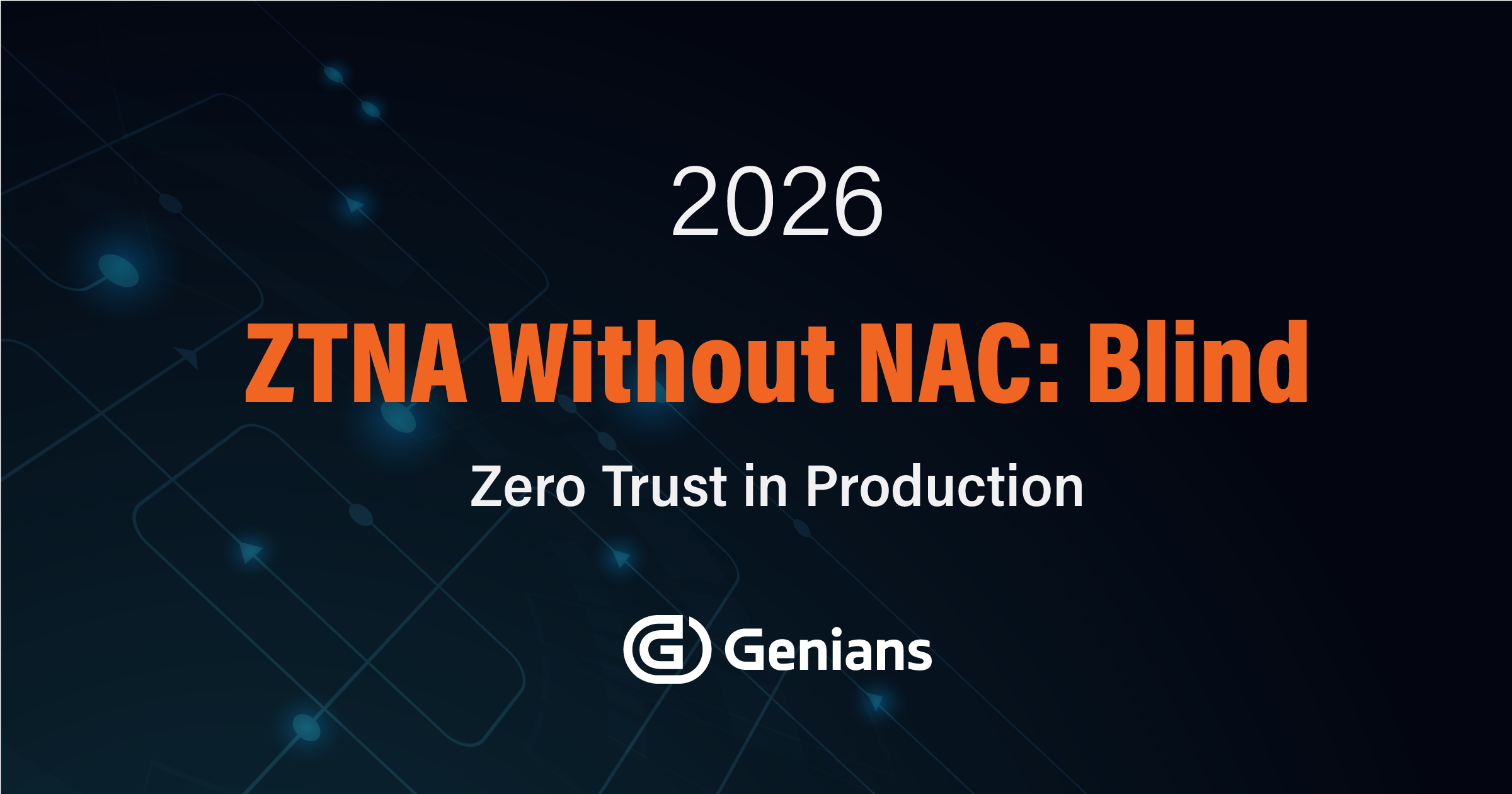The financial sector operates in high-stakes environments where the protection of sensitive data and systems is of paramount importance. Not surprisingly, the sector has been targeted consistently by cybercriminals seeking to exploit vulnerabilities and gain unauthorized access to high-value information. Indeed, with sophisticated cyber attacks often leading to data breaches and exfiltration, financial enterprises have witnessed significant cybersecurity incidents that leave organizations and their customers alike exposed.
To address the many cybersecurity threats present in this sector, a comprehensive approach that combines both Network Access Control (NAC) and Zero Trust Network Access (ZTNA) solutions would be ideal to ensure effective cyber-defense all campus, remote, cloud, and hybrid networks in an integrated fashion.
In particular, Genians NAC-driven ZTNA (aka Universal ZTNA) is a crucial element in the financial sector’s cyber armory for the following reasons:
Nondisruptive Network Sensing and Visibility
Maintaining stable and productive network environments is always a critical requirement. NAC-driven ZTNA can scan any type of IP-enabled devices on heterogenous networks in real-time, using non-disruptive layer 2-based network sensing technology. It can also monitor network traffic to detect anomalies. It can then can classify and segment all connecting points (nodes) automatically based on your business requirements.
Correlated and Comprehensive Digital Asset Information
Managing accurate inventory and control of all connected hardware and software assets is also particularly critical in this sector and making all gathered information meaningful is even more important to ensure compliance with cybersecurity policies. NAC-driven ZTNA is able to correlate any connected devices’ fingerprinting information with business and risk contexts such as End of Support (EoS), End of Sales (EoS), and Common Vulnerability Exposure (CVE) by leveraging its Device Platform Intelligence (DPI), which provides not only a more comprehensive view of the devices themselves but also better understanding of the full range of risk indicators.
Compliance with Regulatory Requirements
Financial institutions are subject to stringent regulatory requirements, such as PCI DSS, GLBA, SOX, MiFID II, and GDPR. NAC-driven ZTNA can help meet Regulators’ core compliance obligations by enforcing access controls, providing audit trails, and ensuring data protection and privacy. It can also streamline the process of demonstrating the core requirements of compliance with industry-specific regulations and standards.
Enhanced Security Posture
NAC-driven ZTNA provides a layered security approach, enhancing the overall security posture of financial institutions. NAC controls network access, while ZTNA enforces granular application-level access controls, minimizing the attack surface and reducing the risk of unauthorized access or lateral movement.
Multi-layered Access Control
Securing all layers from the network edge through to the cloud or data center is critical to provide secure access by protecting sensitive financial data. NAC-driven ZTNA can secure every single connecting point using ARP security, 802.1x, DHCP, TCP reset, Secure Web Gateway, Agent, and various device and user authentication methods.
- Preventing Lateral Movement: Financial institutions are prime targets for cyberattacks, and once a threat gains access to a given network, lateral movement within that network is likely to occur. NAC-driven ZTNA restricts access privileges based on the principle of “least privilege,” preventing lateral movement and containing potential threats, which can occur at the access layer or within the same network segment.
- Mitigating Insider Threats: Insider threats pose a significant risk in the financial industry, where employees have access to sensitive information and systems. NAC-driven ZTNA combines NAC’s device compliance and access control capabilities with ZTNA’s dynamic, context-based access controls to reduce the risk of insider threats, unauthorized activities, and data exfiltration.
Securing Remote Work
Remote work has become increasingly prevalent in the financial sector in recent years, necessitating greater certainty of secure access to resources. NAC-driven ZTNA enables secure remote access to applications and data, regardless of user location or network, ensuring that remote employees, contractors, and partners have controlled and secure access to financial systems and information.
Enabling Secure Partner Collaborations
Financial organizations frequently collaborate with partners, such as other banks, fintech firms, or insurance companies. NAC-driven ZTNA can help the changes go smoothly, ensuring that only authorized entities can connect to financial systems and shared resources, and protecting intellectual property and sensitive data.
Dynamic Risk Assessment
NAC-driven ZTNA incorporates dynamic risk assessment by considering user identity, device trustworthiness, and contextual factors before granting access. This enables real-time evaluation of access requests, adapting to changing security risks and ensuring that access is granted only when the risk is deemed acceptable.
Improved User Experience
NAC-driven ZTNA aims to provide a seamless user experience without compromising security. Users can easily access the resources wherever they are located, whenever they need, while benefiting from strong access controls and authentication mechanisms, ensuring productivity and user satisfaction.
Flexible Deployment Options
NAC-driven ZTNA can support on-premises, cloud and hybrid network environments dynamically to meet evolving business requirements and workforce demands.
Overall, NAC-driven ZTNA (aka Universal ZTNA) can indeed provide a comprehensive and holistic security solution for banks and organizations in the finance sector to reduce the risk of unauthorized access, data breaches, and financial fraud. By leveraging the many strengths of Genians NAC-driven ZTNA, financial institutions can enhance their security posture and protect sensitive financial data effectively.





